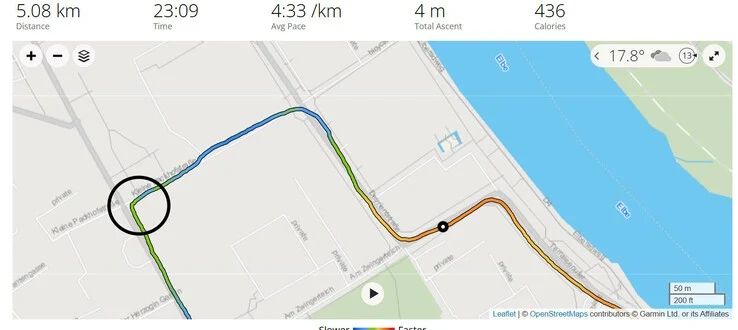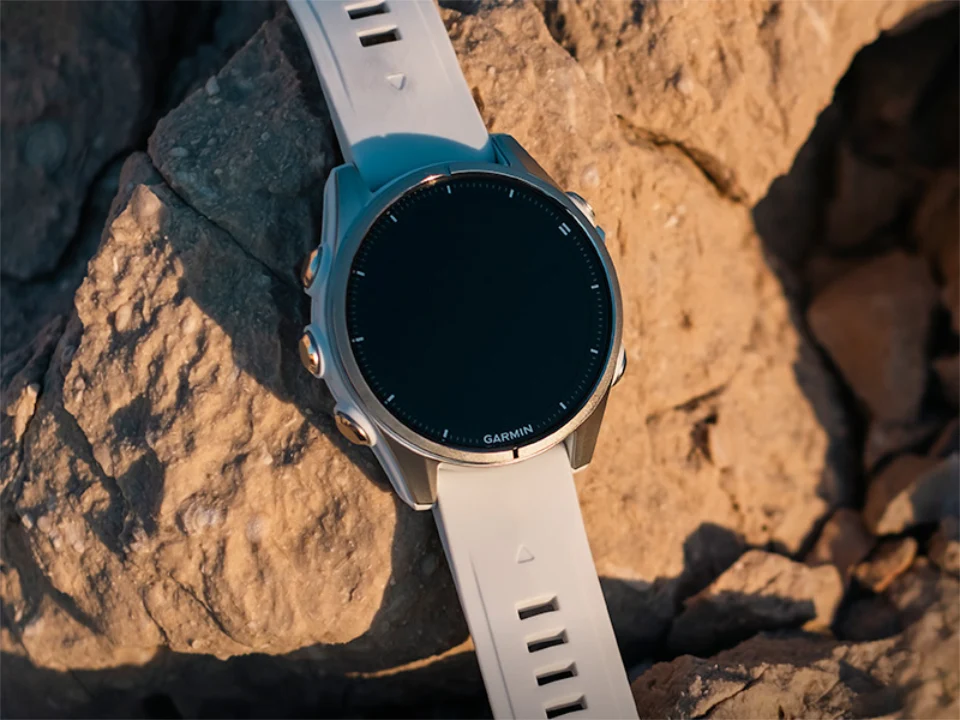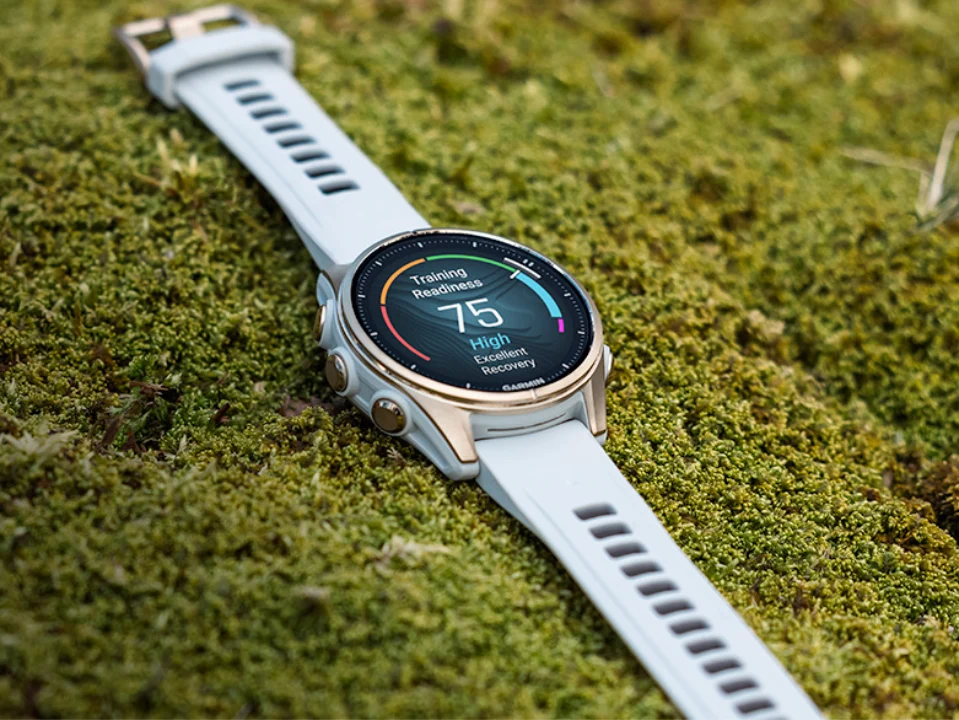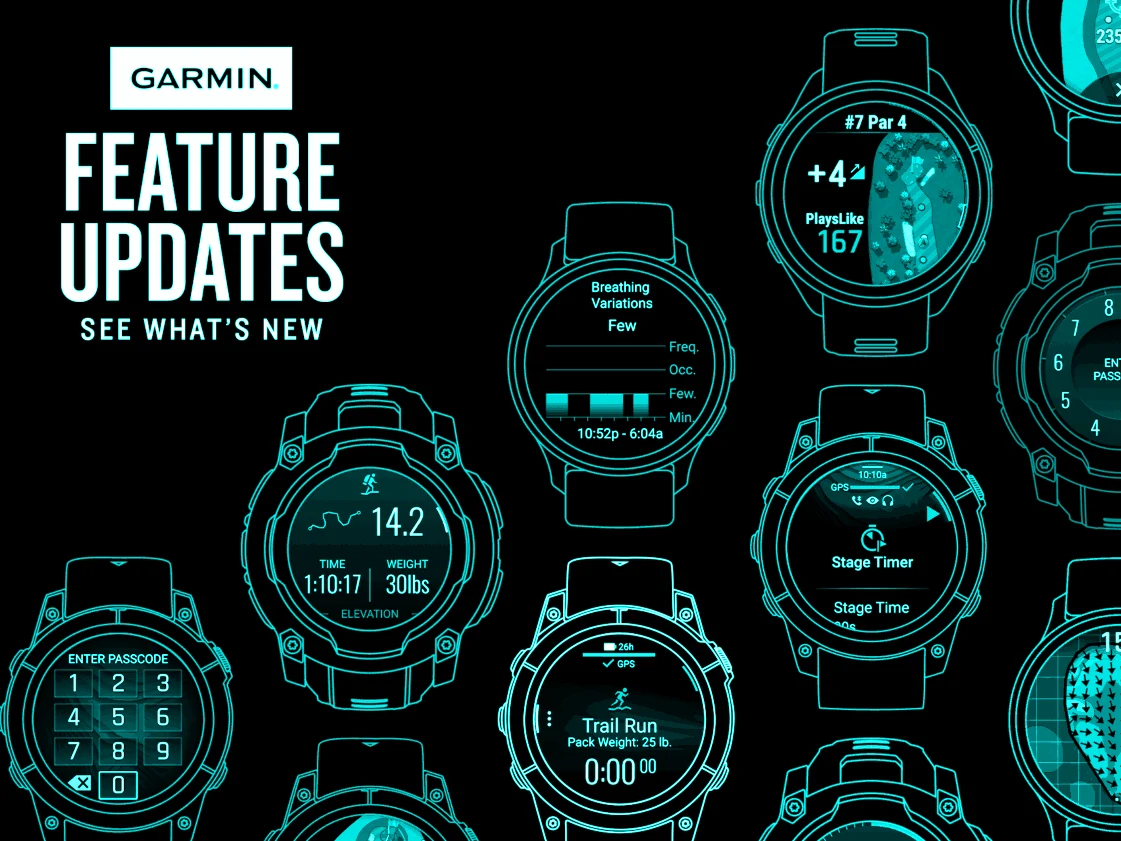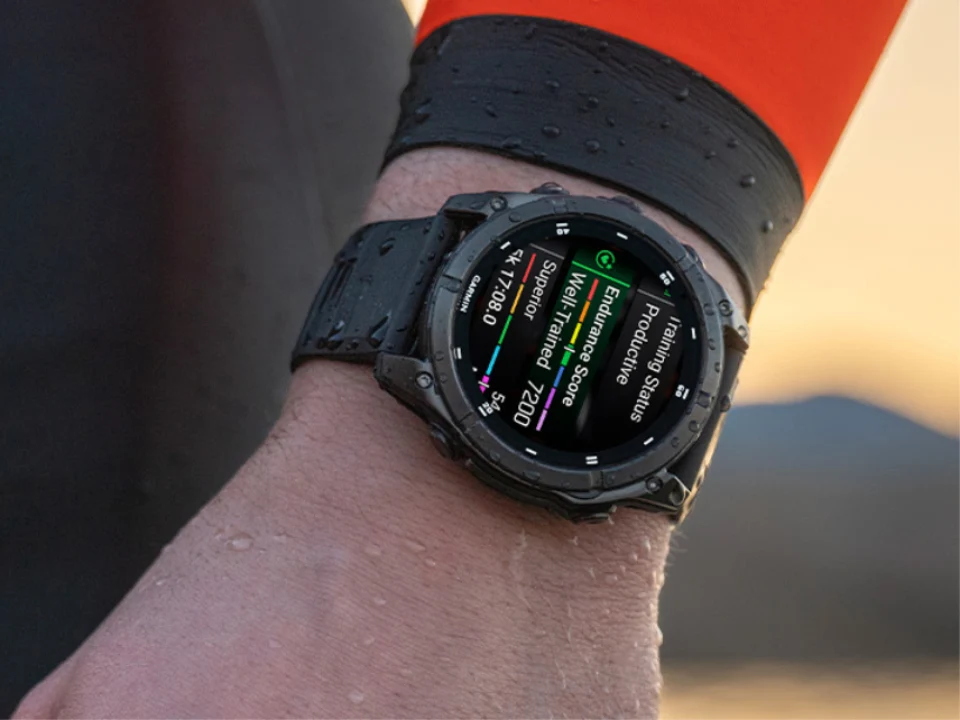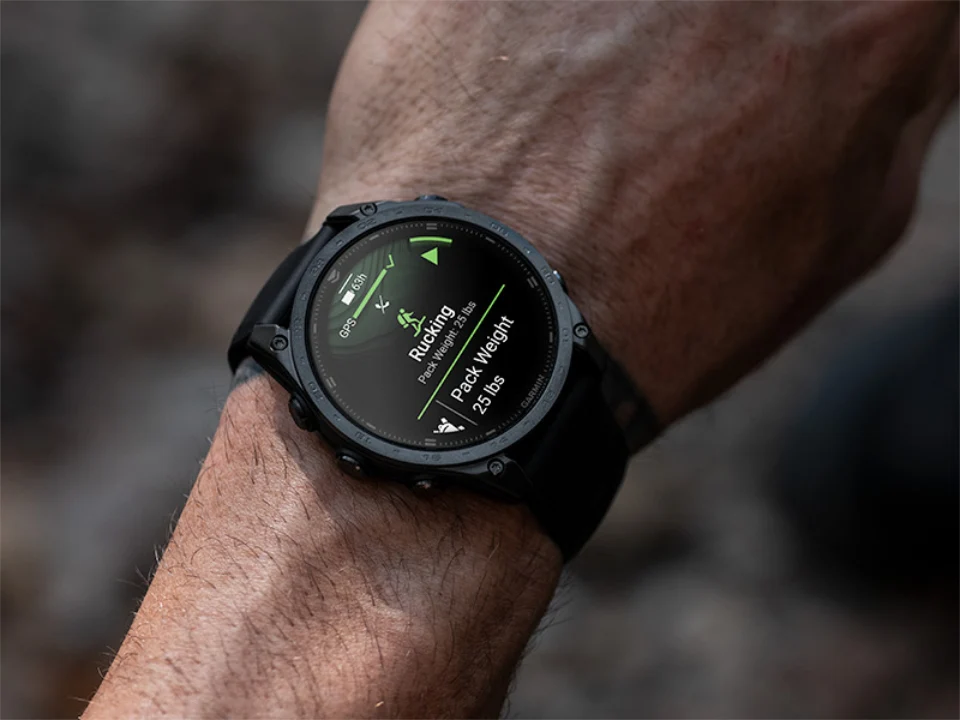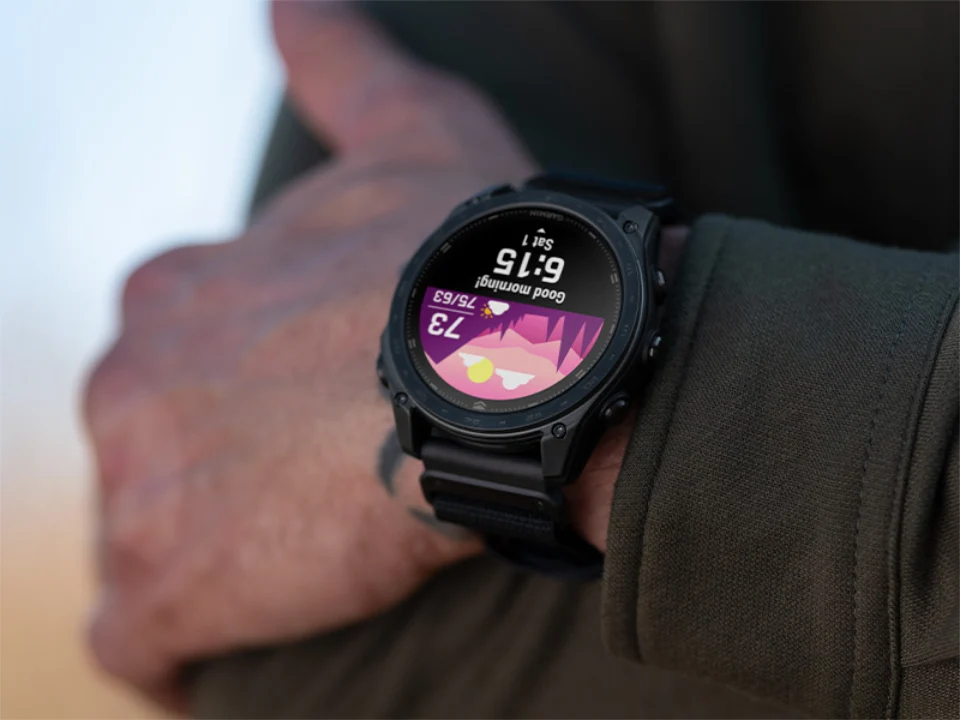Key Takeaways
1. Garmin smartwatches feature a GNSS module for location tracking, measuring distance, speed, and heart rate.
2. A new tracking method may be introduced, calculating locations at 5Hz (five times per second) for better accuracy.
3. This feature is aimed at downhill mountain bikers and may require a Synaptics GNSS module, possibly found in the Garmin Fenix 8.
4. Increased tracking frequency could enhance GPS accuracy, especially for users with varying speeds or winding routes.
5. Real-time data accuracy, including current speed and acceleration, may improve, but challenges remain in dense environments.
Garmin smartwatches typically come with a GNSS module that helps track the user’s current location. While you’re on the move, this data allows you to measure the distance traveled and consider factors like time or duration and speed. If heart rate information is included, it becomes easier for users to monitor their performance.
Upcoming Features for GNSS Tracking
A recent leak suggests that Garmin may soon introduce a new method for tracking GNSS locations at a much higher frequency. Specifically, the position will be calculated five times every second, or at a rate of 5Hz, rather than just once each second. This information was shared by the5krunner, referencing @JohnW. Initially, this feature seems to be aimed at downhill mountain bikers, who typically travel at fast speeds. It’s not clear which Garmin smartwatches will support this feature, but there are hints that it could require a Synaptics GNSS module, potentially found in devices like the Garmin Fenix 8 smartwatches (starting at $799 on Amazon). It remains uncertain if this upgrade will extend to other types of activities.
Potential Benefits for Different Users
In general, this increased frequency might enhance the accuracy of GPS location tracking. However, how useful it will be could depend on several factors. Let’s consider two contrasting situations. An endurance athlete running steadily on a straight path might not notice much difference. But if that runner varies their speed (like during interval training) or runs on a winding route, this new method could prove quite advantageous.
Improved Real-Time Data Accuracy
It’s also possible that the accuracy of real-time data shown on the smartwatch, such as current speed, could see improvements. This might also extend to how acceleration is measured, making it useful for detailed analysis during short sprints, like a 100-meter dash. Nonetheless, one common limitation exists: the GNSS module must accurately capture the current position, which can be challenging in dense forest areas, for instance.
Source:
Link
